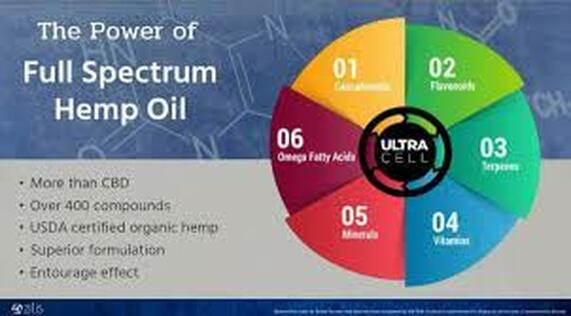Dr. Kathy's Natural Remedies
|
The use of marijuana for Glaucoma is one of the few diseases that had been approved with a medical marijuana card since the 1970s. Glaucoma is a disease that causes excess fluid pressure in the eye, which over time can cause a progressive loss of vision and eventual blindness. Some people suffer from painful, acute attacks with severe headaches and vomiting. Others experience blind spots or halos Glaucoma is the leading cause of blindness in the United States, affecting as many as two million people over the age of 35. Traditional drugs or surgery are not always successful. In the 1970s, it was discovered that rather than causing the eyes to dilate, the use of marijuana caused a significant reduction in IOP (intraocular pressure). Follow-up studies confirmed the benefits of using marijuana to help control glaucoma. Whether the marijuana was smoked or taken intravenously, the effect showed a consistent reduction in IOP of about 20% to 40%, for a period of up to four hours. Unfortunately, taking a heavier dose does not achieve further reduction of IOP, but using it for extended periods of time, does not seem to result in a lowered tolerance or benefit. Many have found that the use of medical marijuana is the only relief they have received after other treatments have failed. Marijuana has been found to be most useful for wide-angle glaucoma, which is a condition that requires constant treatment. It does not control narrow or closed-angle glaucoma, a condition that manifests itself through acute, painful attacks. The use of marijuana is helpful for the pain, but surgical treatment is essential to preserve the vision. Side effects of using marijuana include bloodshot eyes and dry eyes. Some contact lens users may also experience discomfort from smoking marijuana regularly. [Info was taken from Marijuana Medical Handbook, Dale Gieringer, Ph.ED., Ed Rosenthal, Gregory T Carter, M.D.] With the recent passage of the United States Farm Bill, revised in December 2018, the use of Hemp-derived CBD Oil is considered legal in all 50 states. The legal limit of THC allowed in Hemp oil is 0.03%. But for those who prefer NO THC, or need to be drug tested for their work, there is a product available with 0.00% THC available. Because our bodies are made up of about 70% water and CBD is an oil, we all know that oil and water don't mix so well. Most CBD products available have about a 6 to 10% absorption rate and may take up to 2 hours to have a reaction in the body. A person would need to consume more oil, more frequently. The longevity and bioavailability of CBD Oil in the body are generally 4 to 6 hours, and another dose may be needed. Again, not all CBD Oils are created equal. Third party testing done by the Mayo Clinic has shown one CBD product to be bioavailable for at least 12 hours. So, you will find that not all CBD Oil is created equal. For more questions regarding CBD Oil, please message me. To order a high-quality CBD Oil as oral drops and/or a topical product, that is Certified Organic, grown and processed in the United States, has been 3rd party tested and is more absorbable and bioavailable in the body than other CBD on the market, go to Ultra Cell CBD Oil. www.Zilis.com/DrKathysRemedies
1 Comment
|
About
|
Proudly powered by Weebly


 RSS Feed
RSS Feed